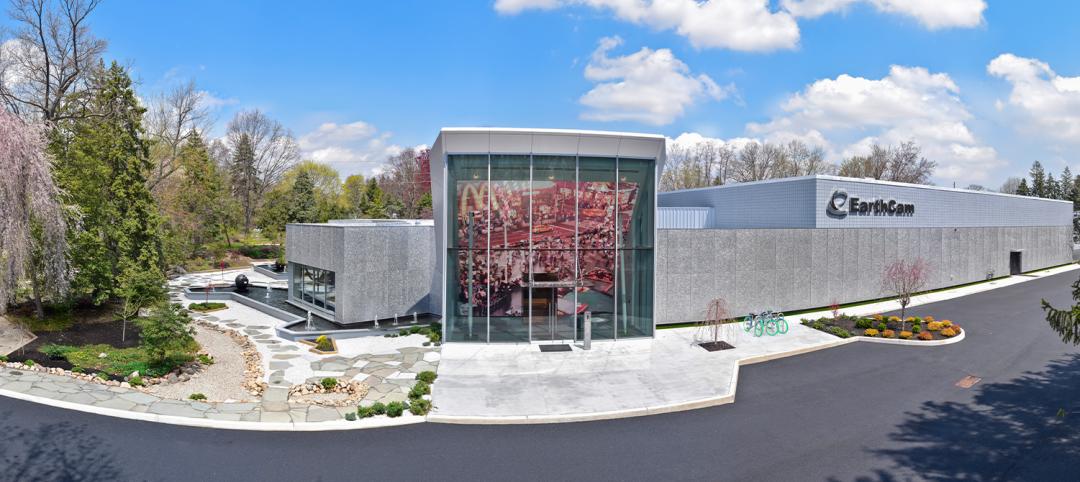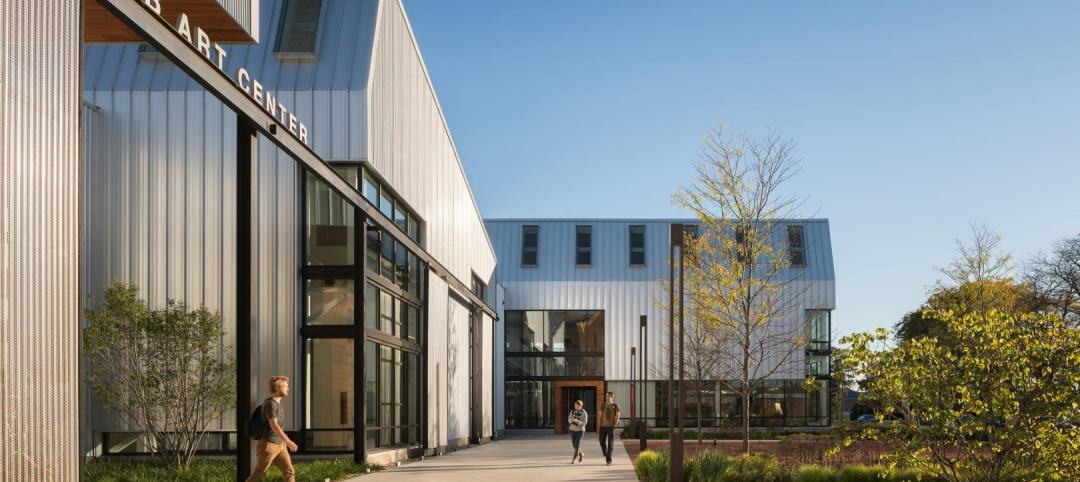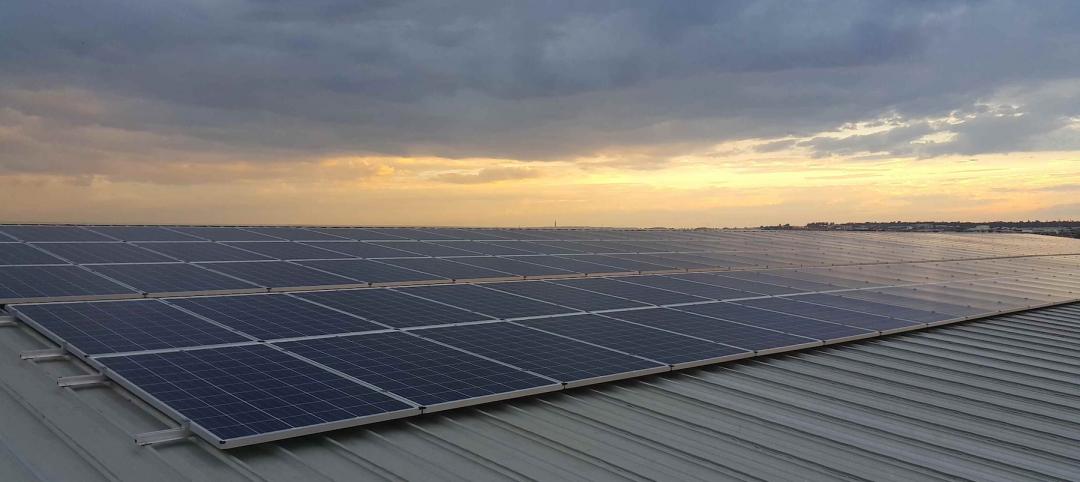Today Abbott Construction announced that they have merged with STO Building Group to become a member of the STO family of companies. The merger will allow both firms to leverage each other’s geographic reach to better serve clients with multiple locations and enhance the services and areas of expertise they can offer across that expanded footprint.
“We see joining the STO family as an exciting next step in what we can offer our clients and our employees without sacrificing who we are and have been for the past 35-plus years,” says Troy Stedman, president and CEO of Abbott. “We know from first-hand experience working together that our companies value integrity, collaboration, and a client-first way of doing business, so formally joining forces makes perfect sense.”
“From our existing relationship working with Abbott on two significant joint venture projects, we are confident that this merger is a great fit for both companies,” says David Layton, president and CEO of Layton Construction, who Abbott will report through. “And with Layton’s proximity to the Pacific Northwest and existing presence in Southern California, we’re looking forward to helping Abbott grow in those core markets.”
Founded in 1983, Abbott is a West Coast commercial builder known for superior planning and execution. They work with clients in a variety of sectors such as healthcare, hospitality, education, non-profit, retail, and tenant interiors. Some of their most notable recent projects include the Mary Bridge Children’s Hospital and University of Puget Sound Welcome Center in Tacoma, WA; FAA Northwest Mountain Regional Headquarters in Des Moines, WA; Big Fish Games Seattle headquarters, the UCLA Margo Leavin Graduate Art Studios in Culver City, CA, and h. Club Los Angeles.
“The Pacific Northwest has been a key strategic market for the STO Building Group, and Abbott is a terrific addition to our family of companies,” says Robert Mullen, STO Building Group CEO. “By joining forces, both firms can leverage each other’s geographic reach and take advantage of each other’s strengths, relationships, geographies, and resources to better serve our clients across the globe.”
Formerly operating as the Structure Tone Organization, STO restructured as the STO Building Group in 2018 to provide a platform for growth that allows each of its member companies to maintain their cultural identity while leveraging the strengths of a multicompany organization. In the last four years, Canadian firm Govan Brown and US firms Ajax Building Company, BCCI Construction, and Layton Construction have merged with STO Building Group.
“The opportunity to merge with such an incredible firm as Abbott is exactly why we shifted our structure to STO Building Group,” says James Donaghy, STO Building Group executive chairman. “We value the reputation and heritage of the firms who merge with our organization, and each has kept its identity as a way to honor that legacy. As we continue to grow, we want to respect that history, but also reflect the collective expertise our companies offer and allow our employees to benefit from the larger organization’s resources.”
Now part of the STO Building Group family of companies, Abbott will keep its identity, and its current leaders will retain an ownership position in the organization and maintain their roles as the senior leadership team of the business. It is anticipated that new job opportunities will be created as a result of the merger to support the company’s projected growth for 2021 and beyond.
Related Stories
Building Team | Apr 22, 2022
EarthCam Adds Senior Leadership Roles to Facilitate Rapid Growth
EarthCam today announced several new leadership positions as it scales up to accommodate increasing demand for its webcam technology and services.
Architects | Apr 22, 2022
Top 10 green building projects for 2022
The American Institute of Architects' Committee on the Environment (COTE) has announced its COTE Top Ten Awards for significant achievements in advancing climate action.
Mixed-Use | Apr 22, 2022
San Francisco replaces a waterfront parking lot with a new neighborhood
A parking lot on San Francisco’s waterfront is transforming into Mission Rock—a new neighborhood featuring rental units, offices, parks, open spaces, retail, and parking.
Legislation | Apr 21, 2022
NIMBYism in the Sunbelt stymies new apartment development
Population growth in Sunbelt metro areas is driving demand for new apartment development, but resistance is growing against these projects.
Building Team | Apr 20, 2022
White House works with state, local governments to bolster building performance standards
The former head of the U.S. Green Building Council says the Biden Administration’s formation of the National Building Performance Standards Coalition is a “tremendous” step in the right direction to raise building performance standards in the U.S.
Market Data | Apr 20, 2022
Pace of demand for design services rapidly accelerates
Demand for design services in March expanded sharply from February according to a new report today from The American Institute of Architects (AIA).
Multifamily Housing | Apr 20, 2022
A Frankfurt tower gives residents greenery-framed views
In Frankfurt, Germany, the 27-floor EDEN tower boasts an exterior “living wall system”: 186,000 plants that cover about 20 percent of the building’s facade.
AEC Tech | Apr 19, 2022
VDC maturity and the key to driving better, more predictable outcomes
While more stakeholders across the AEC value chain embrace the concept of virtual design and construction, what is driving the vastly different results that organizations achieve? The answer lies within an assessment of VDC maturity.
Healthcare Facilities | Apr 19, 2022
6 trends to watch in healthcare design
As the healthcare landscape continues to evolve, IMEG’s healthcare leaders from across the country are seeing several emerging trends that are poised to have wide-ranging impacts on facility design and construction. Following are six of the trends and strategies they expect to become more commonplace in 2022 and the years to come.
Energy-Efficient Design | Apr 19, 2022
A prefab second skin can make old apartments net zero
A German startup is offering a new way for old buildings to potentially reach net-zero status: adding a prefabricated second skin.
















